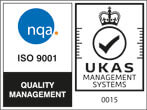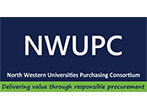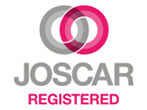Seamlessly connect, control and monitor your scope via ethernet using the RIGOL UltraScope utility. Perfect for remote control, monitoring, and distributed environments.
For RIGOL Oscilloscopes (UltraVision I and II including the DS1000Z, DS1000Z-E, DS2000A, MSO2000A, DS4000, MSO4000, MSO5000, DS7000, MSO7000, DS8000-R, and MSO8000), there is currently a workaround to access the capabilities of UltraScope without starting UltraSigma.
Start by installing the full version of the latest NI-VISA appropriate for your Operating System. At the time of writing this was NI VISA 20.0 for Windows 10. This installs NI MAX as well.
Then install UltraScope from the appropriate scope family page on rigolna.com.
Connect your instrument over USB and then Open NI MAX. Select the arrow next to “Devices and Interfaces” to see the connected instruments. Click on your oscilloscope and then copy the VISA Resource Name like this:
Now Open UltraScope by clicking on the shortcut on the desktop or in the apps directory. It will start with this screen:
Select Search for Instruments.
On this screen click OK:
Now click on Manual Input VISA Address here:
Now paste in the VISA Address from NI Max, Select the instrument from the list, and click OK:
UltraScope will start and capture traces from your Oscilloscope:
You can capture the scope display image directly by right clicking on UltraScope and selecting “Print Instrument Screen”:
















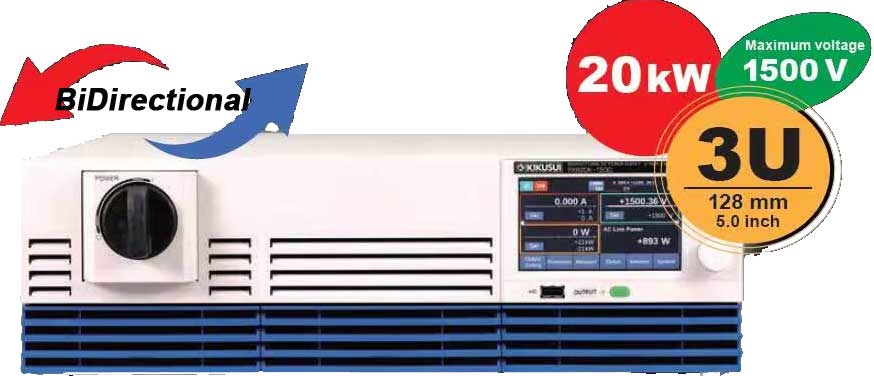





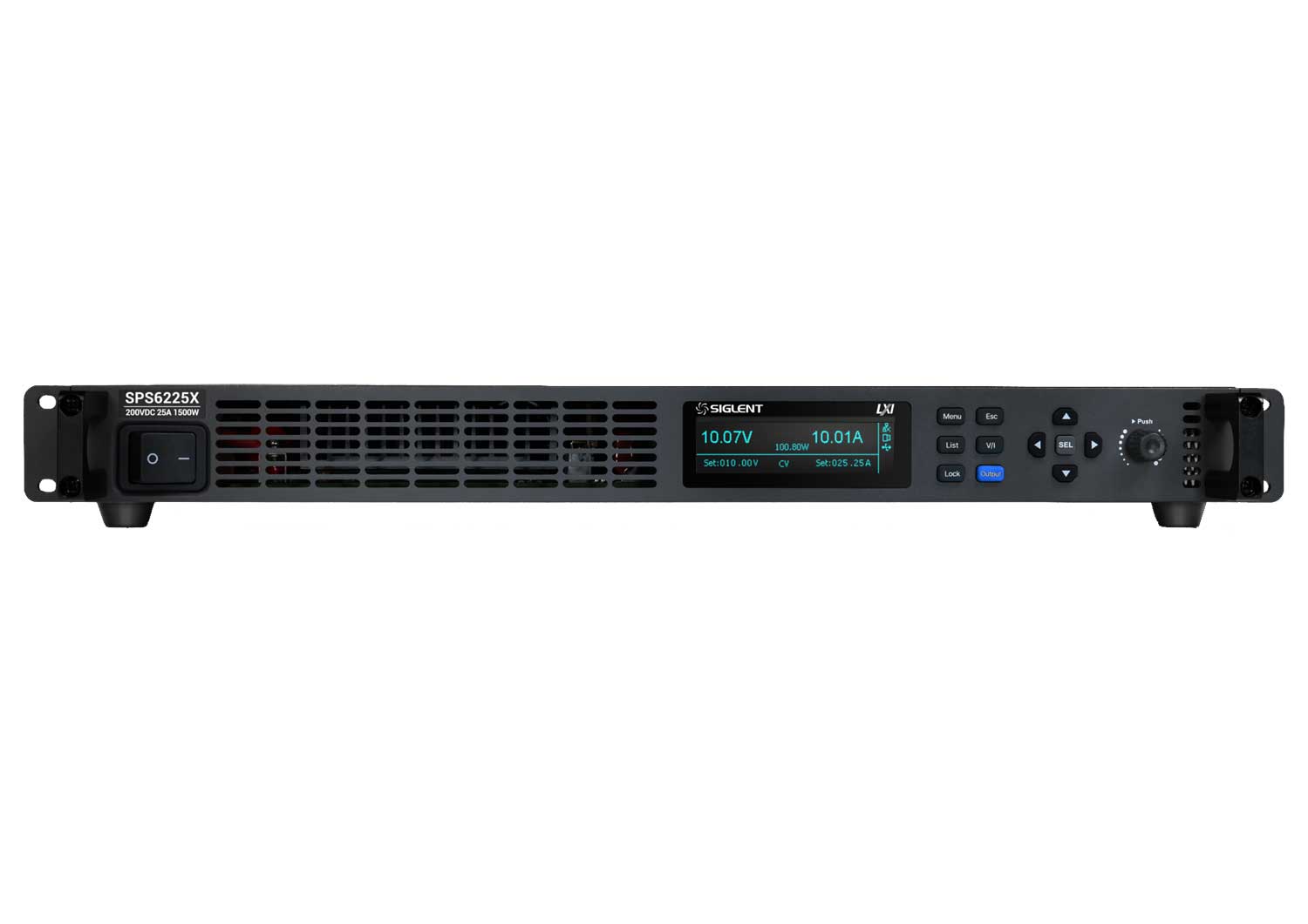

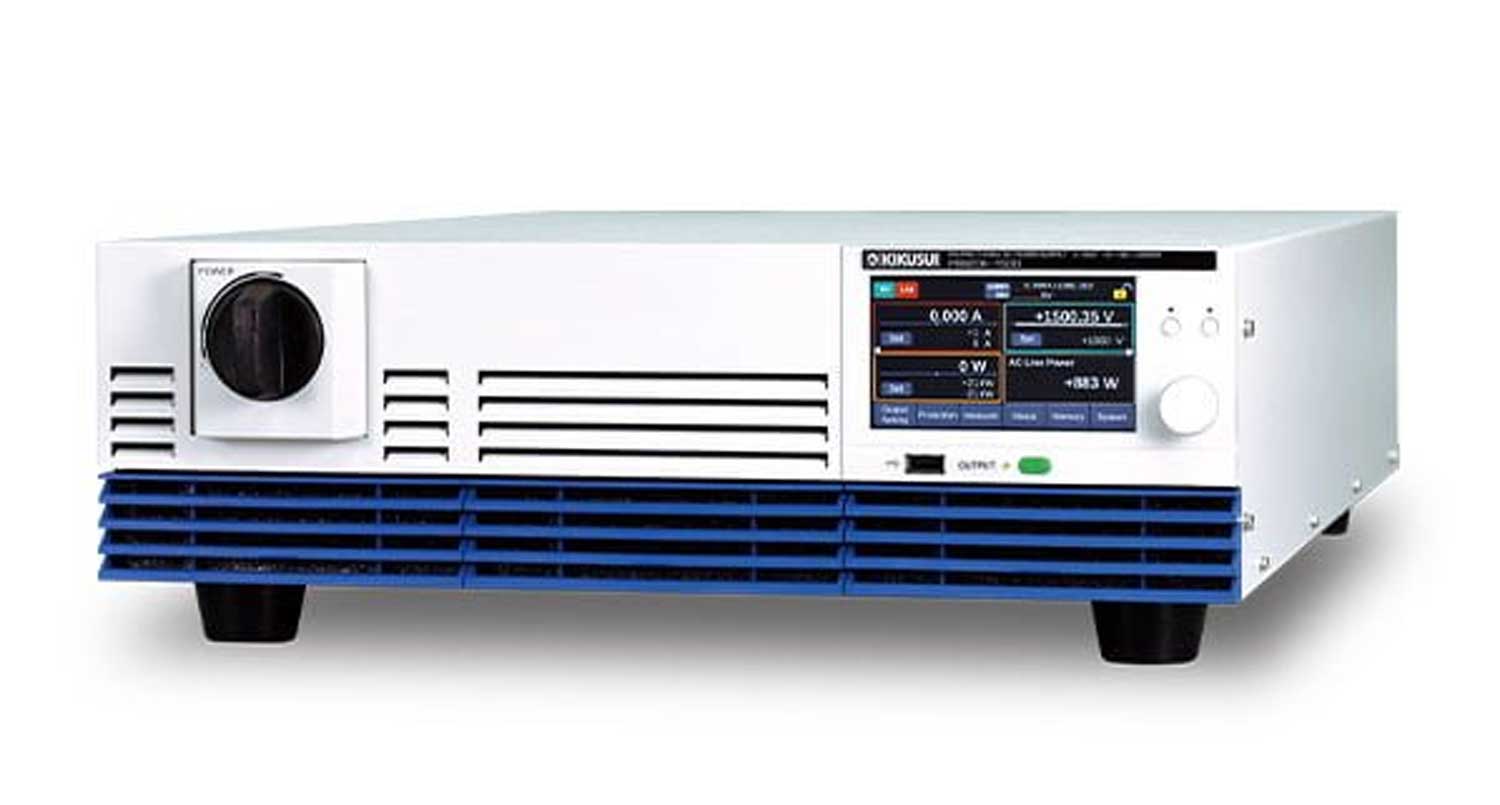
















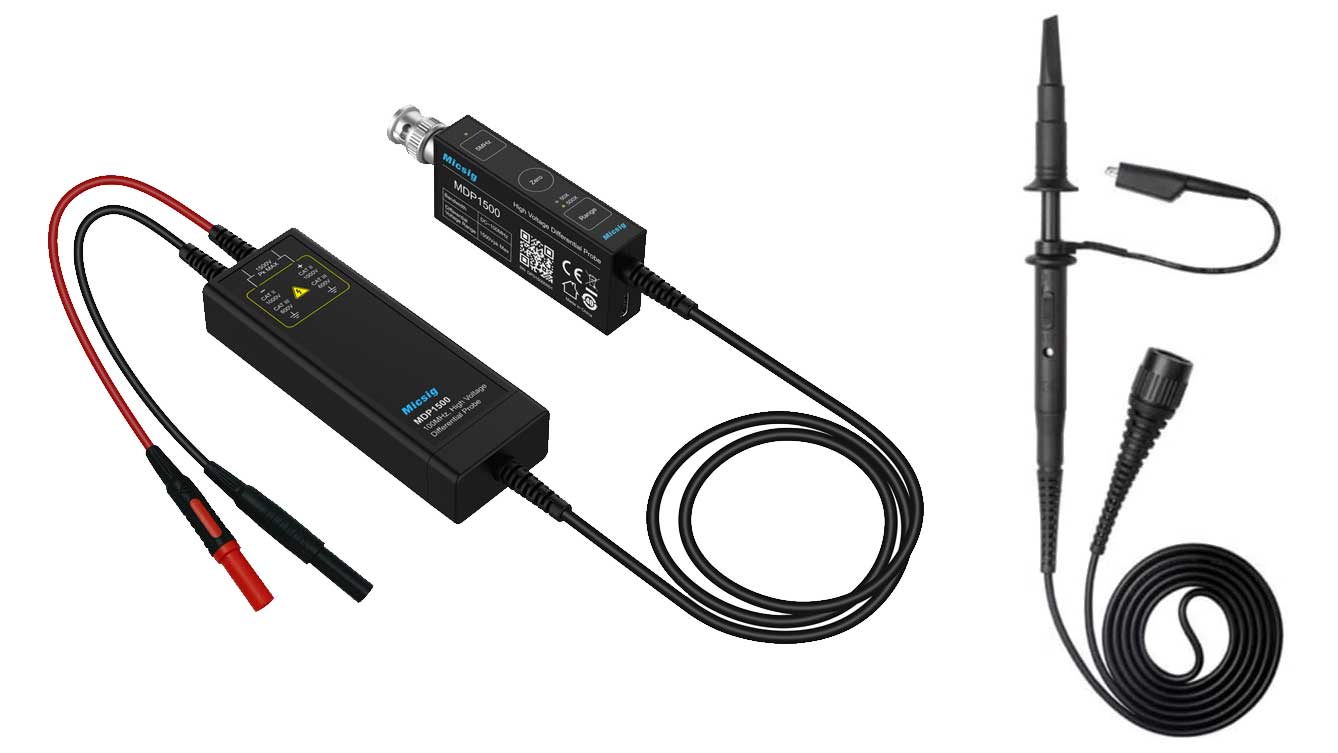









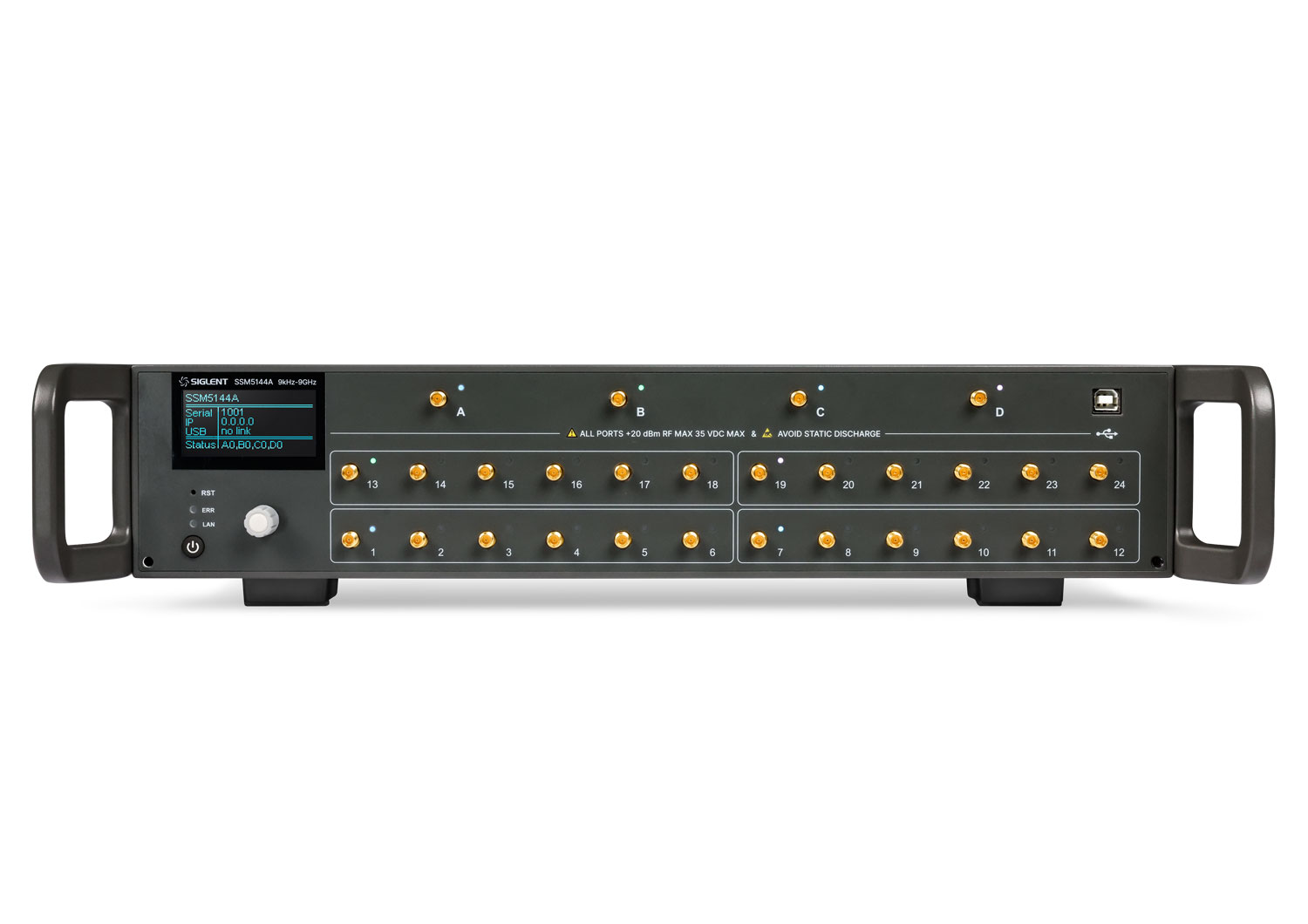












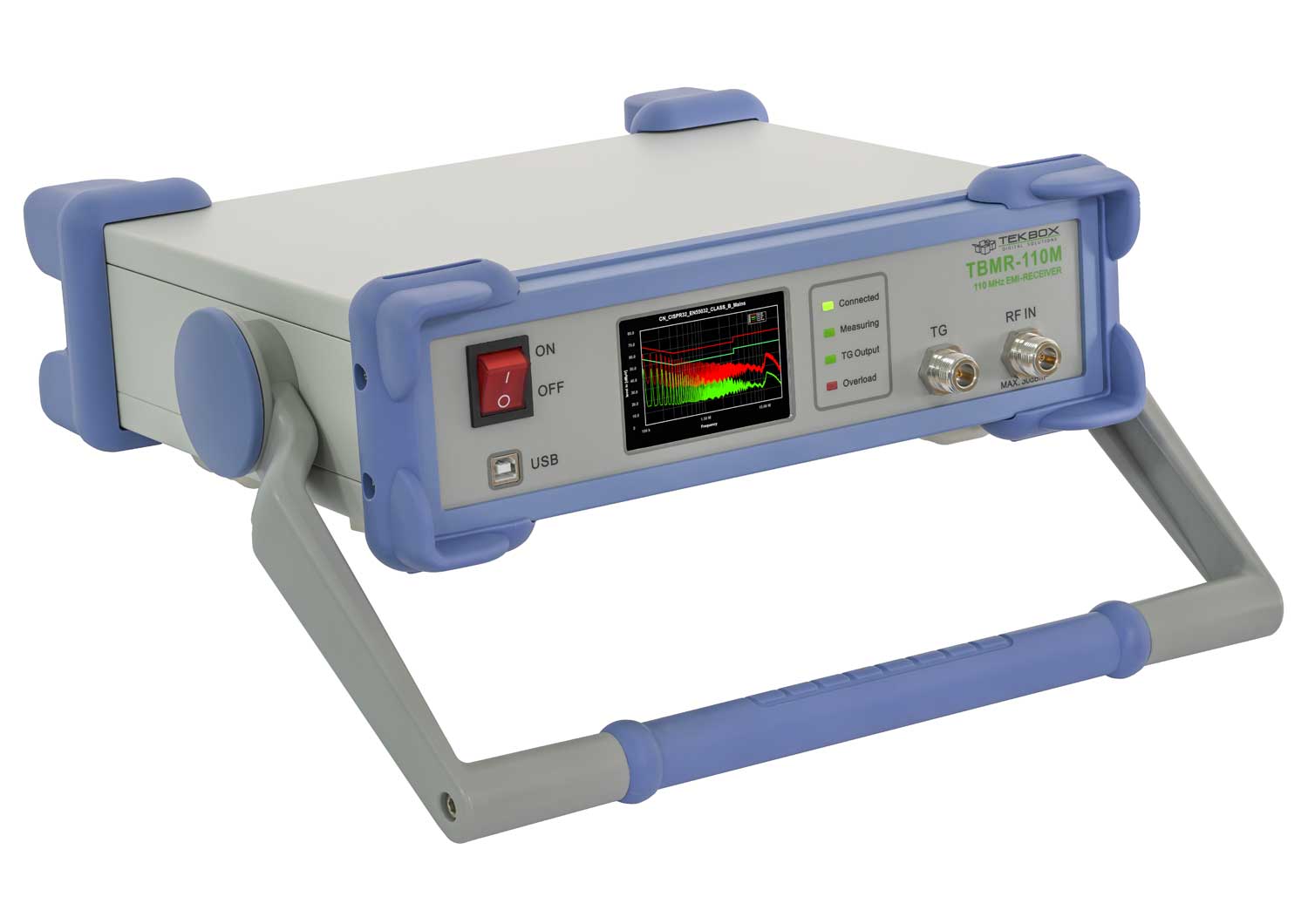
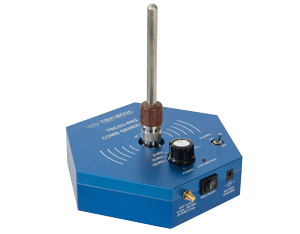

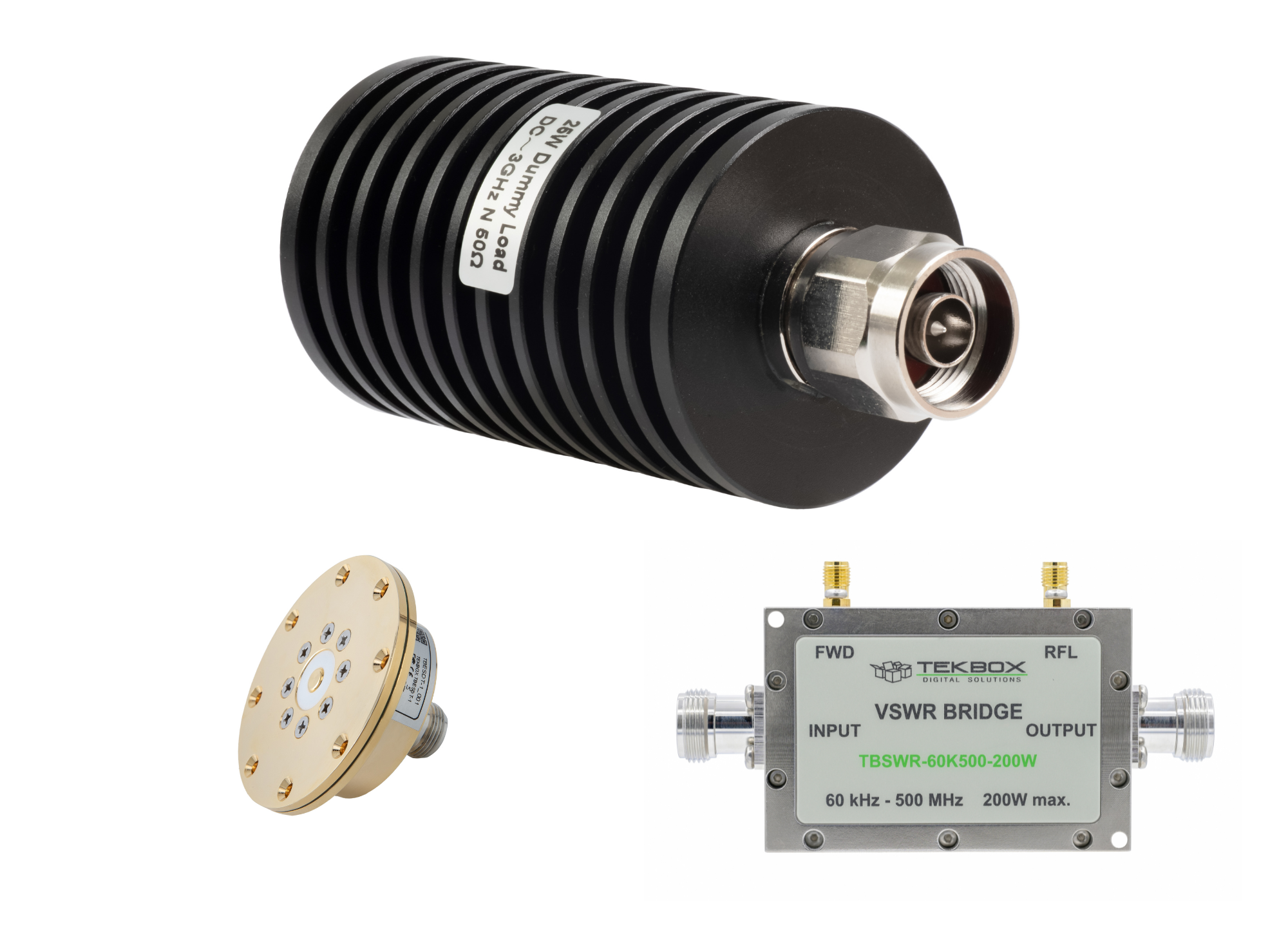




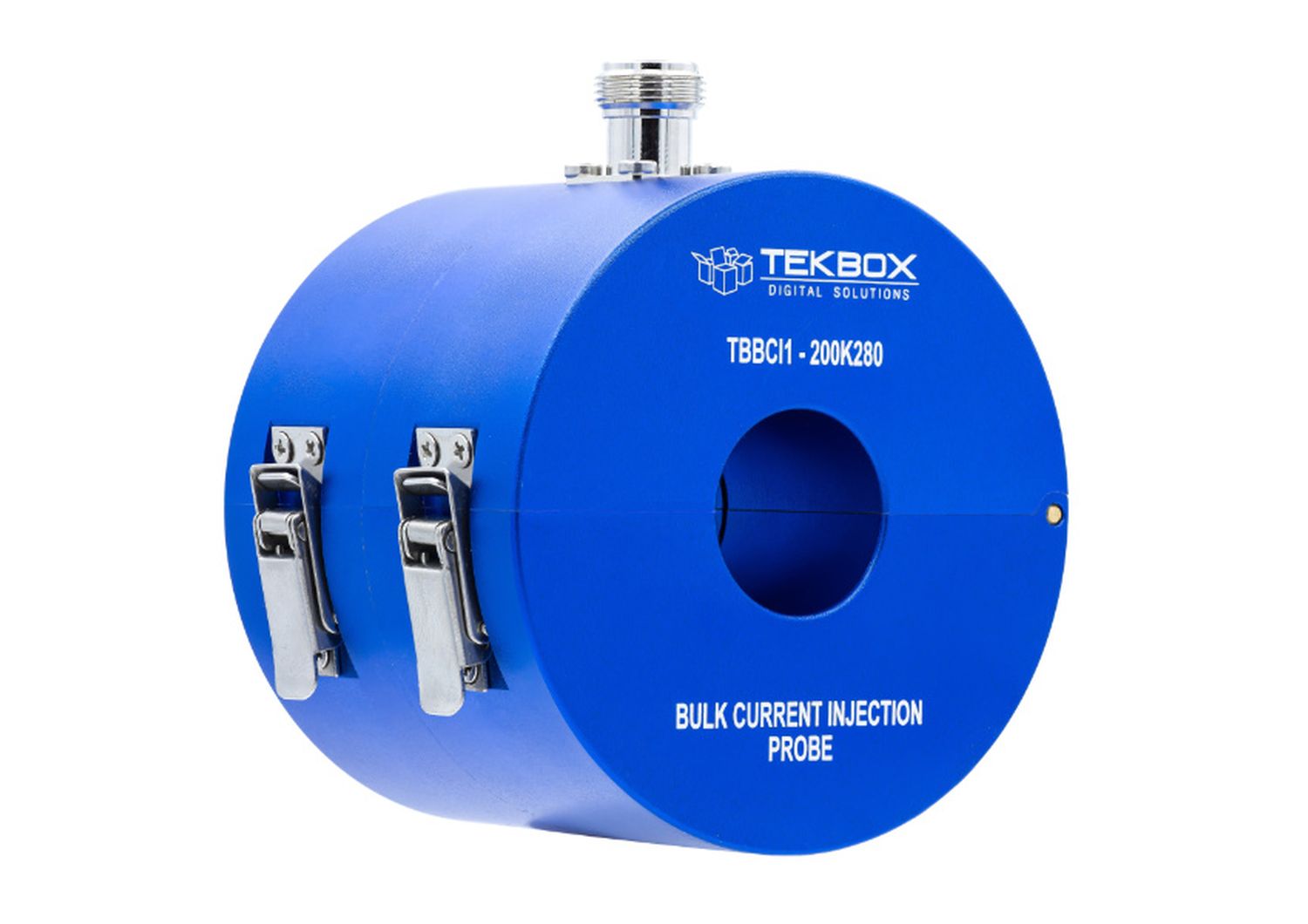



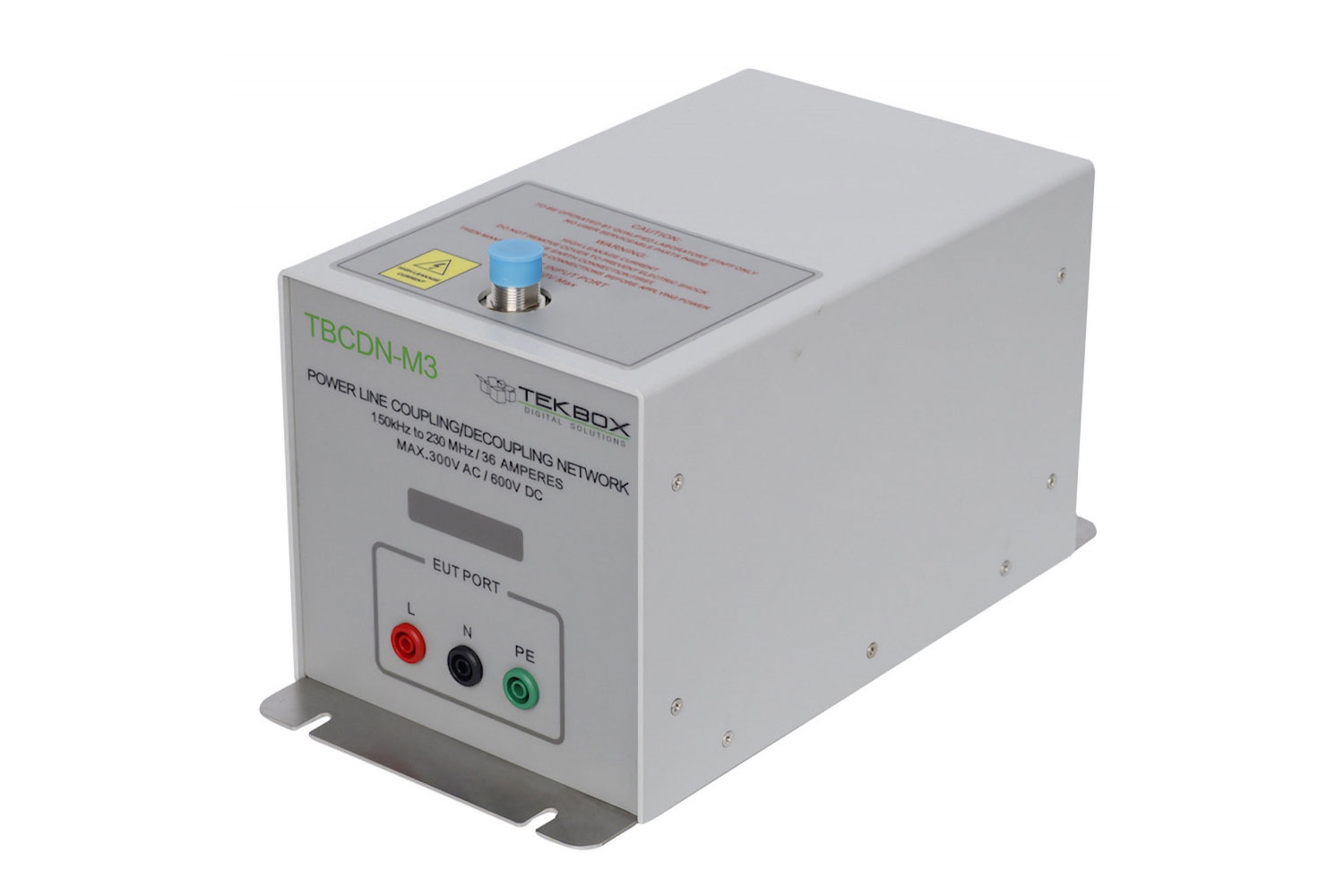
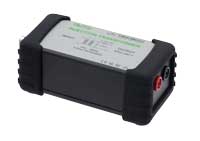















 FREE SHIPPING £75+
FREE SHIPPING £75+
 CELEBRATING 50+ YEARS
CELEBRATING 50+ YEARS
 PRICE MATCH GUARANTEE
PRICE MATCH GUARANTEE
